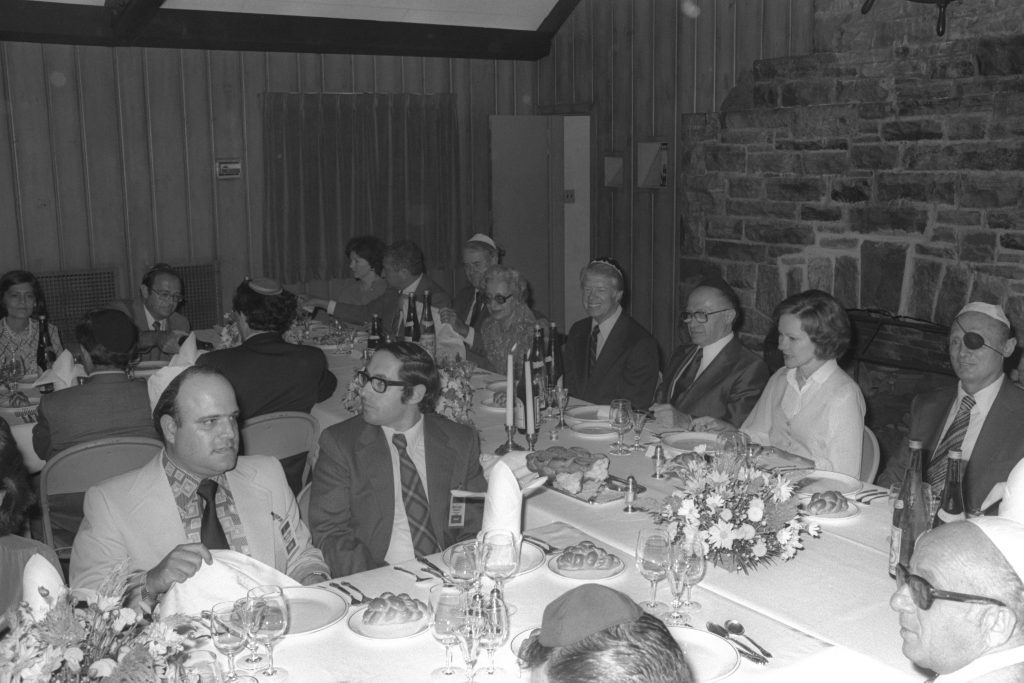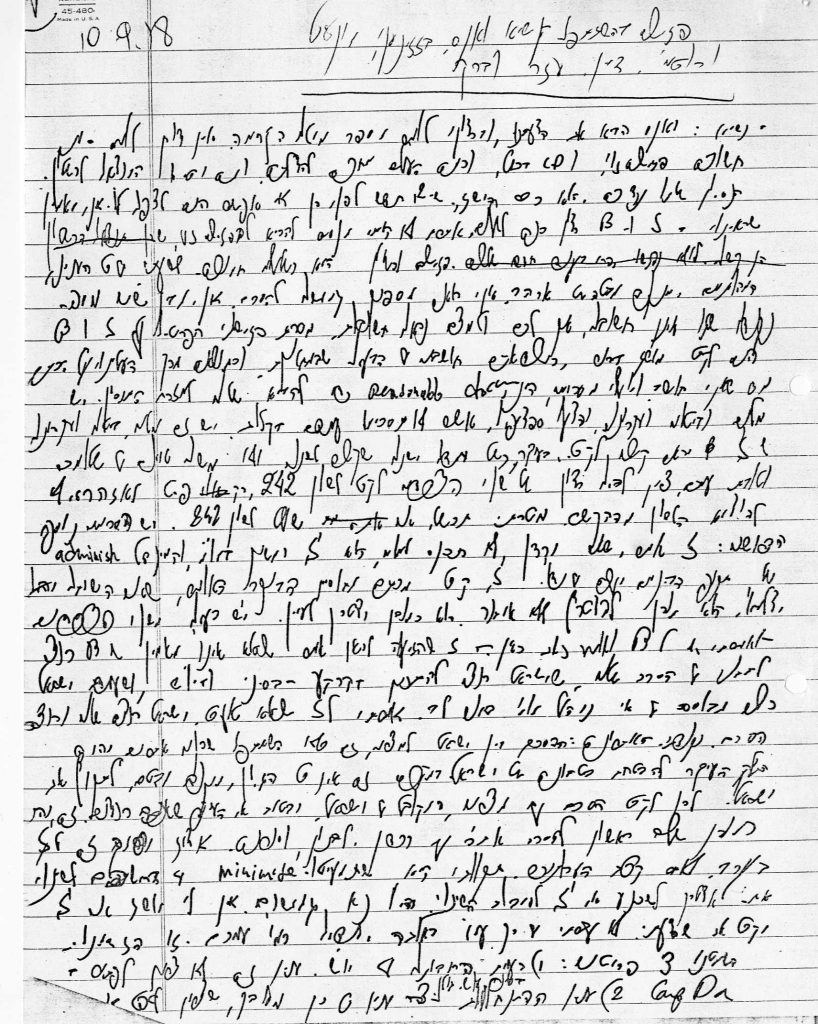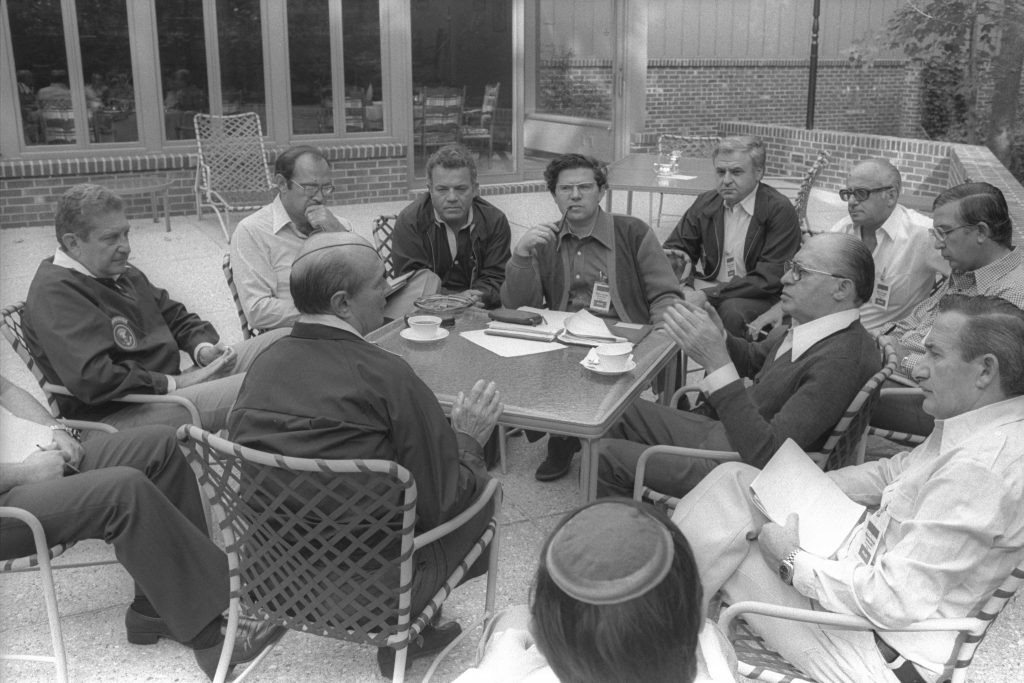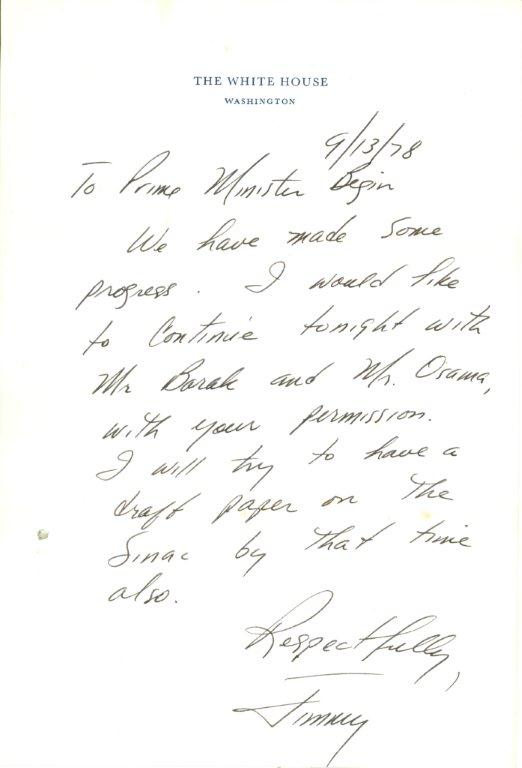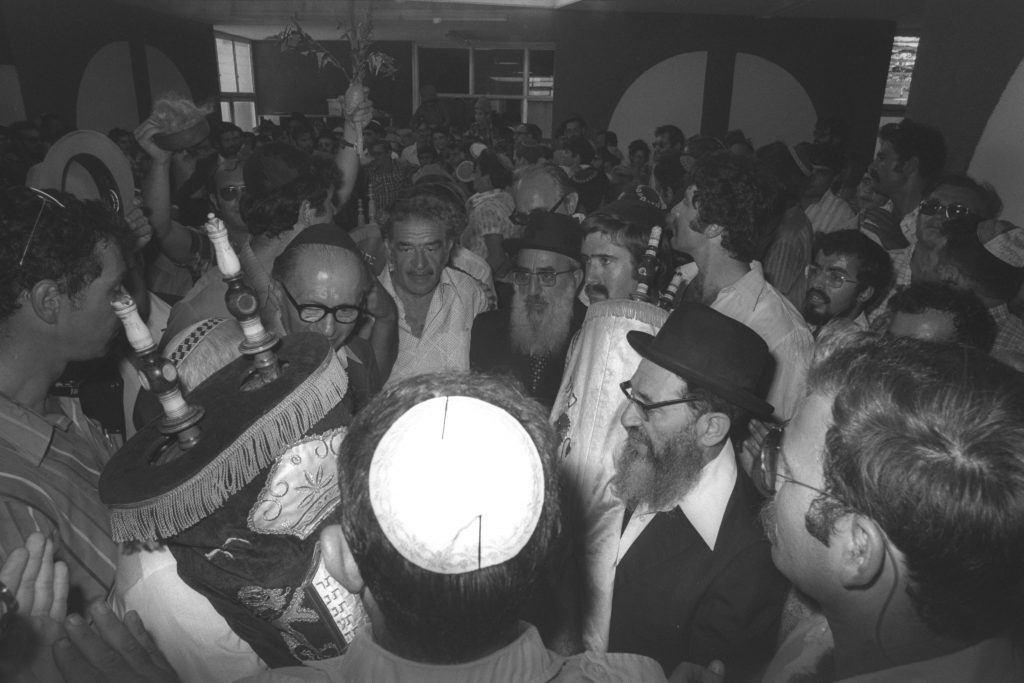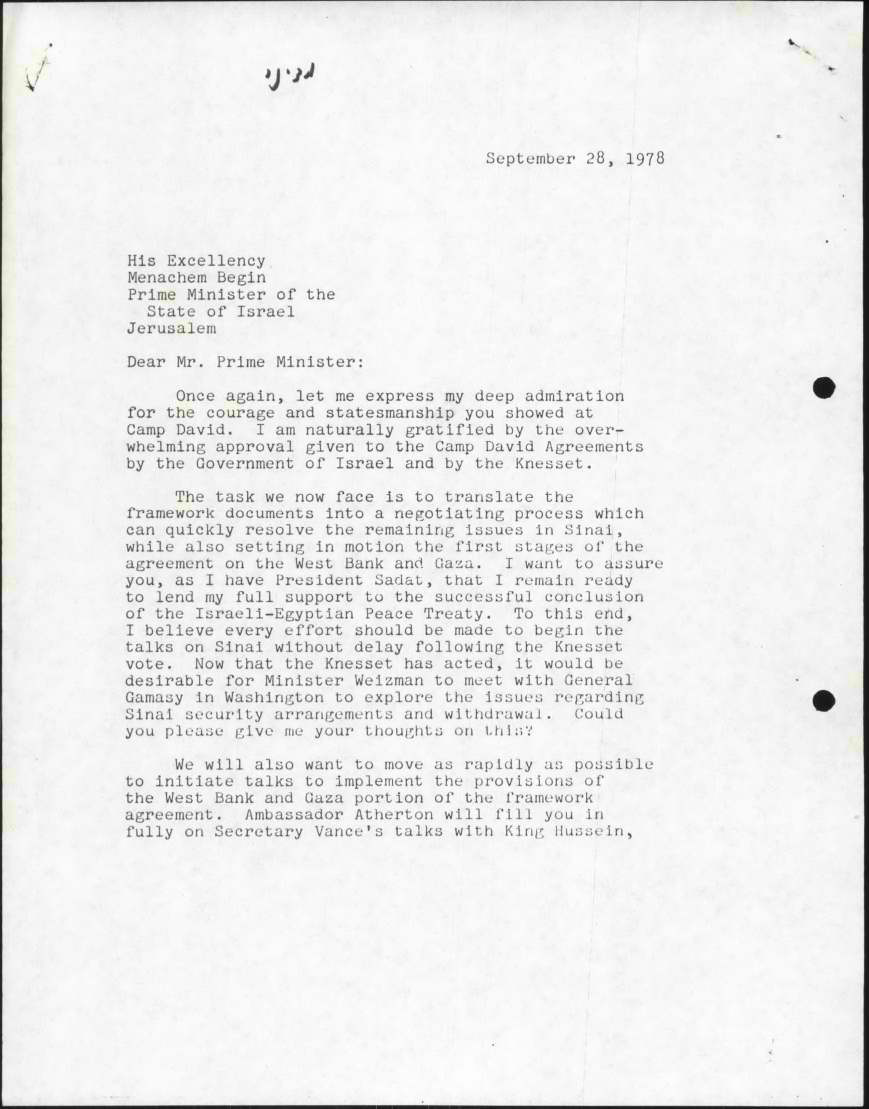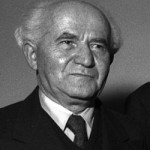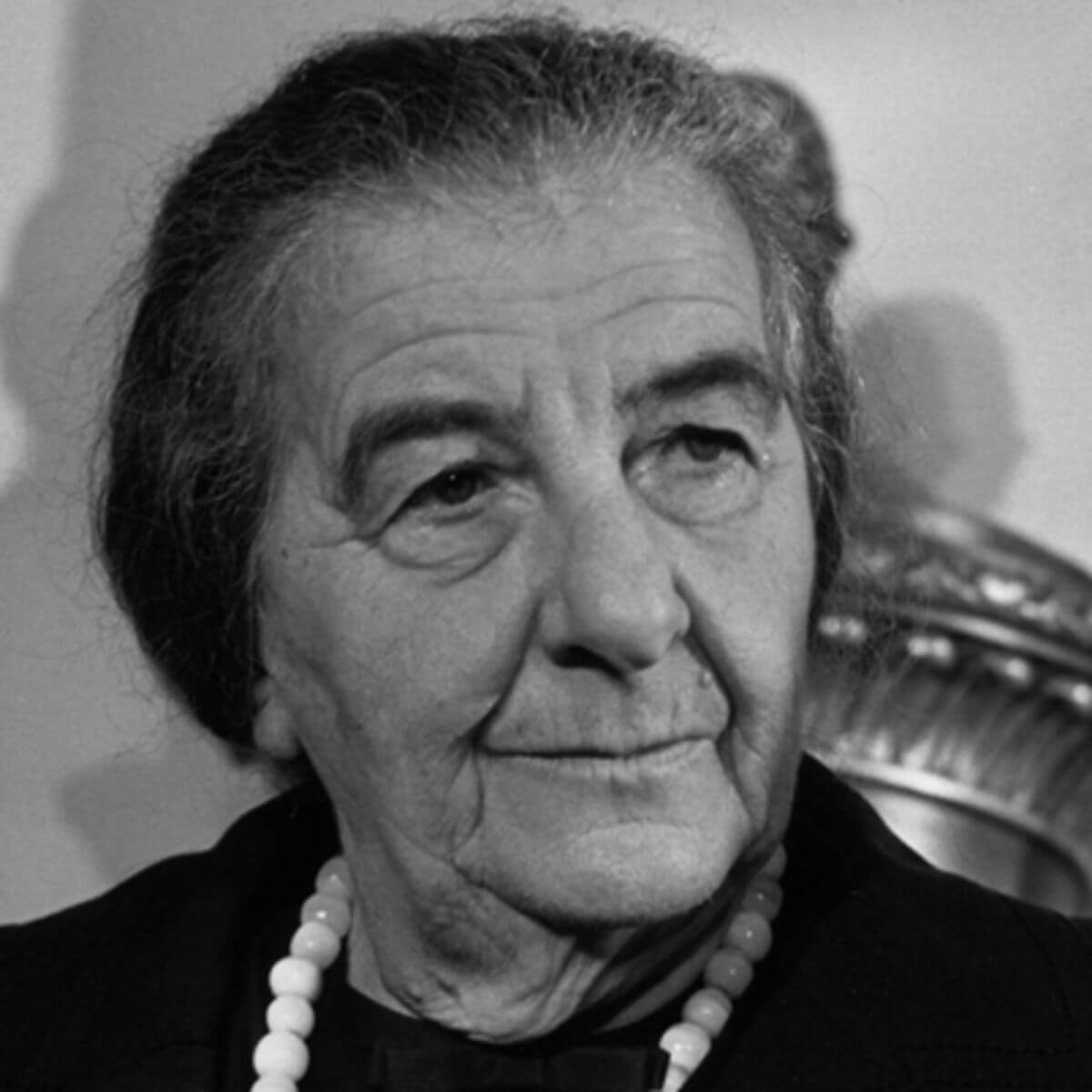ה.1 | Camp David: a pastoral retreat, with a touch of claustrophobia

President Carter sitting on a bench at Camp David, September 1978. Photograph: CIA website, courtesy of the Jimmy Carter Presidential Library
Camp David is in the Catoctin Mountains in Maryland, about 62 miles (100 kilometres) north of Washington. Originally a holiday camp for Federal employees, President Roosevelt chose it as a retreat and President Eisenhower named it after his grandson David. It is technically a military installation run by the US Navy and Marine Corps, consisting of a number of wooden cabins, called after native American trees, a dining room, sports facilities, wooded paths, a billiard room and even a cinema. It is some thirty five minutes away from Washington by helicopter.
Rosalynn and Jimmy Carter were very fond of Camp David, and, according to Carter, it was his wife’s idea to invite Begin and Sadat to a summit there. He knew that he would be able to keep out the press and it would also be difficult for Sadat to lose patience and break off the talks. The members of the Israeli delegation liked Camp David less. It was crowded, and they were forced to share the small cabins. Ezer Weizman, wrote in his book “The Battle for Peace” that the densely wooded surroundings gave him claustrophobia. Dayan too wrote that he preferred the open spaces of the desert.
The US team was headed by the president, together with Secretary Vance and National Security Adviser Zbigniew Brzezinski and their assistants. Sadat was accompanied by the foreign minister, Kamel, Boutros Ghali, Hassan Tohamy, Osama el-Baz of the Foreign Ministry who was the political adviser of the vice president, Hosni Mubarak and other aides. Carter notes in his memoirs that Sadat had left his closest associates, Mubarak and Mustafa Khalil, behind to keep an eye on affairs in Egypt. He did not trust his advisers who held extreme positions, and would make important decisions on his own. Begin, on the other hand, was very dependent on his team, who were more inclined to compromise than he was.
In this chapter we present documents on the talks at Camp David including a selection of the minutes of meetings between the Israelis, the Egyptians and the Americans from the ISA collections and records of consultations by the Israeli delegation, all made by Elyakim Rubinstein, then the director of Dayan’s bureau and later a Supreme Court judge. The most interesting ones are shown here; the rest were used to prepare this introduction. The trilateral talks between Carter, Begin and Sadat were not recorded, and the account given here is based on Begin’s reports to his delegation. All of the records are in Hebrew, although the bilateral talks were held in English.
We have also used the documents appearing in the “Foreign Relations of the United States” series and accounts of Camp David by the participants, especially that of Carter, based on his diary, and of William Quandt of the NSA. While the general outline is clear, they often contradict one another as to details and dates. We have chosen the version which fits best with our records.


